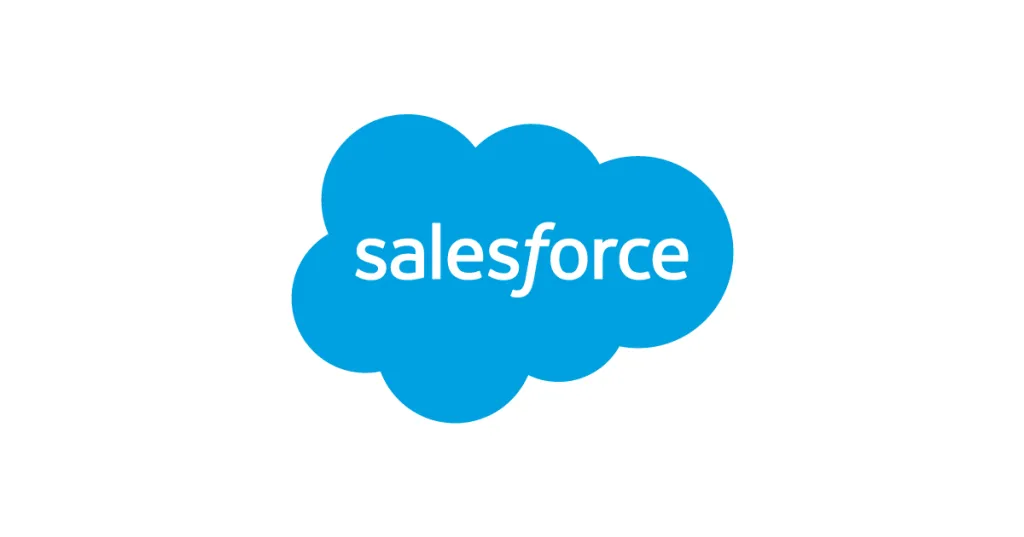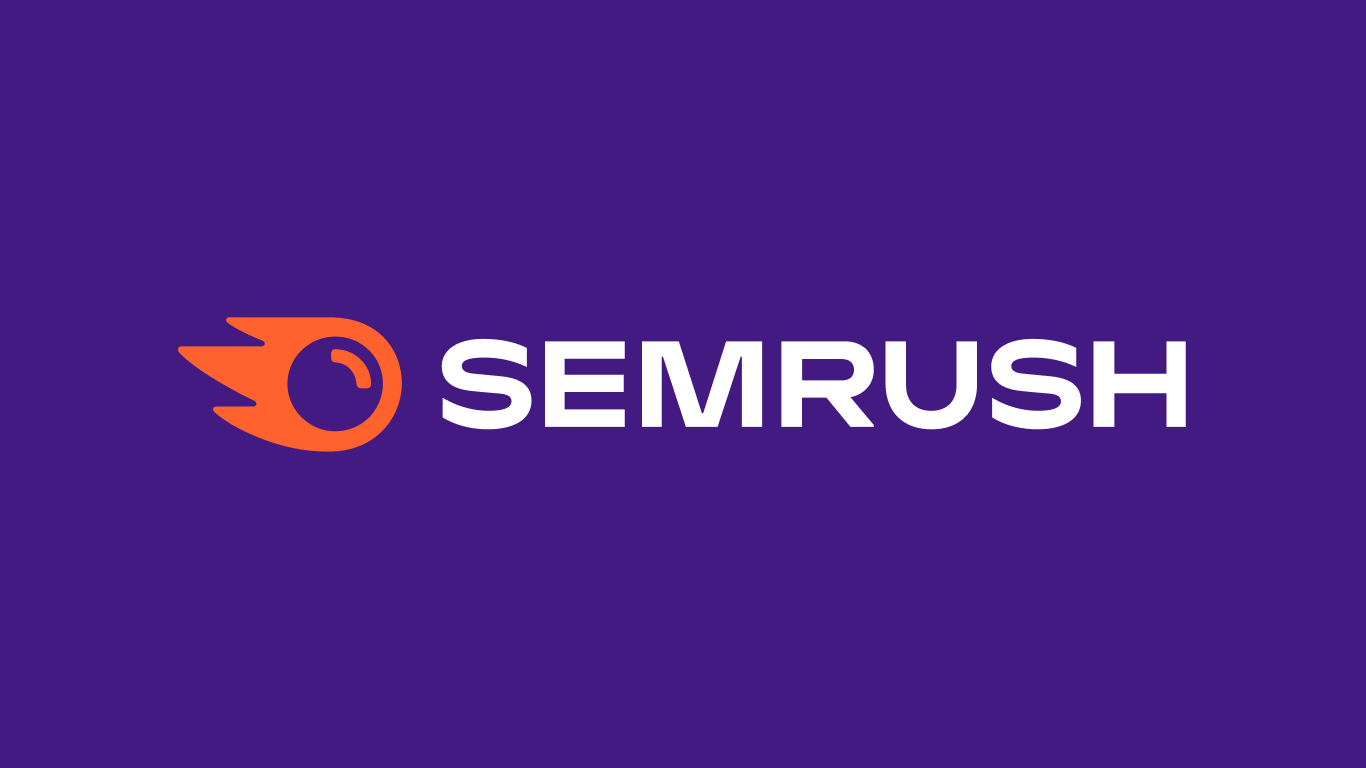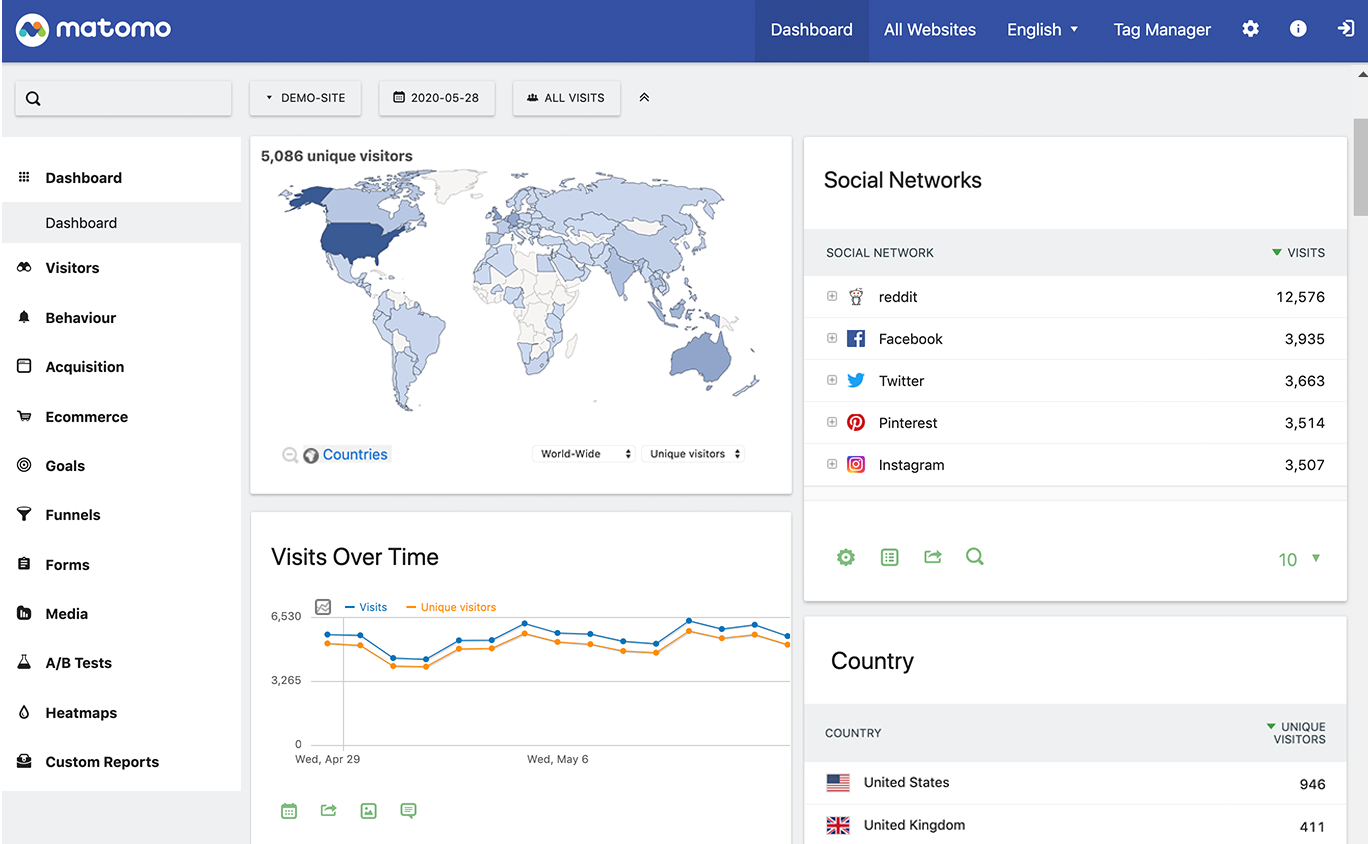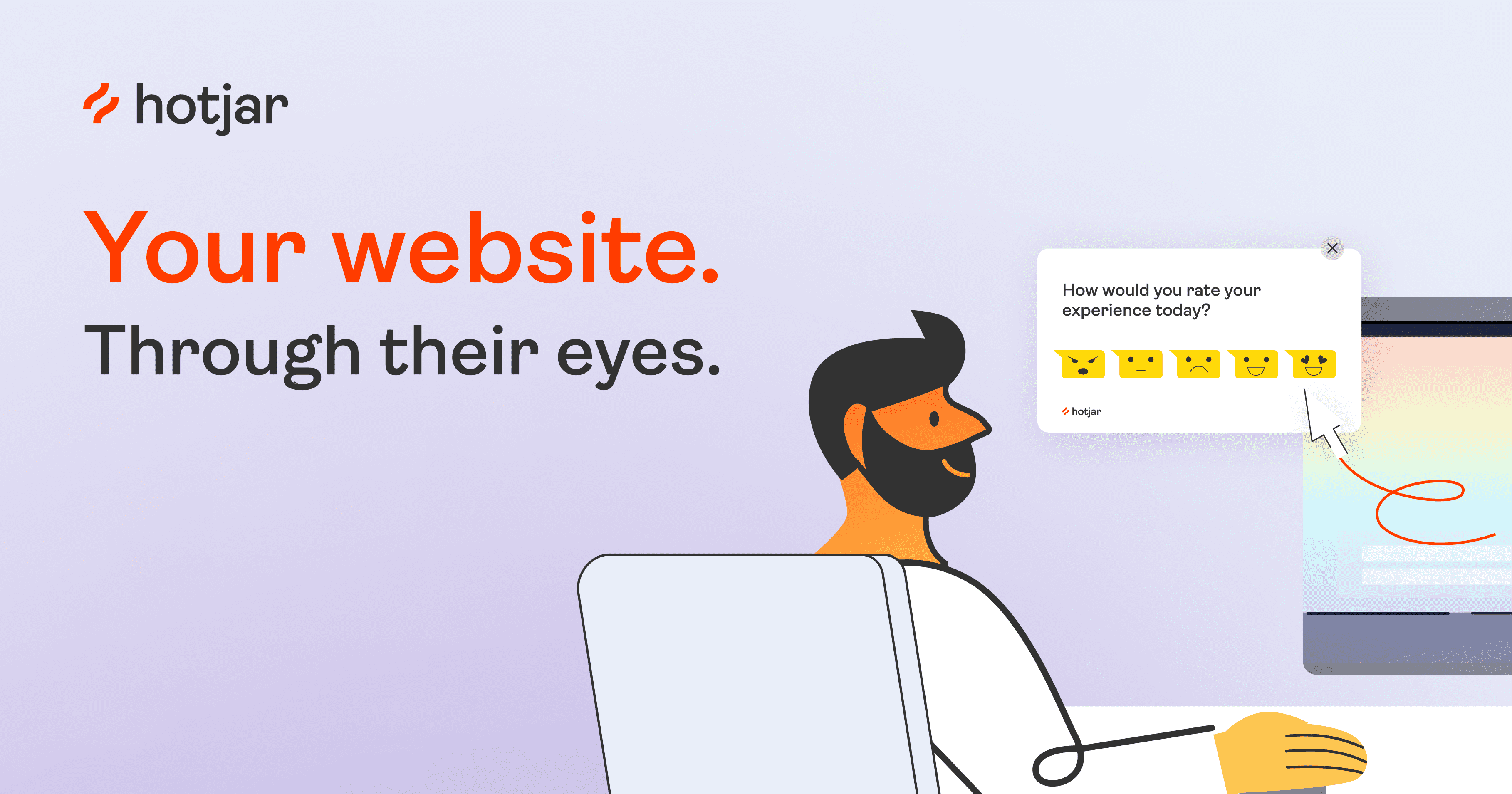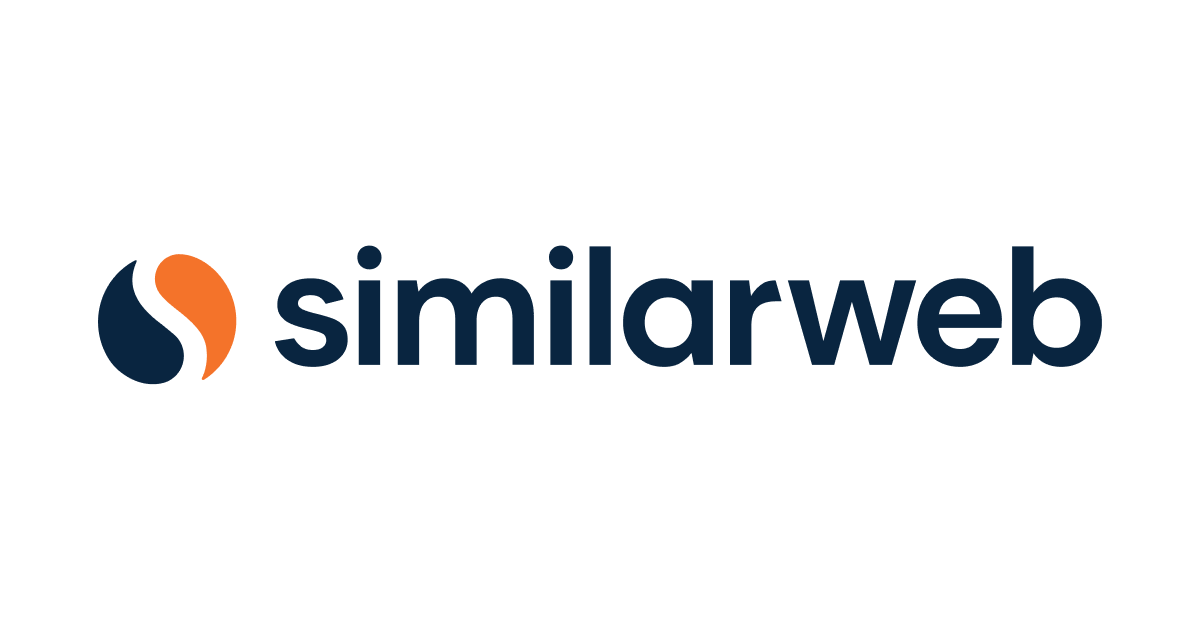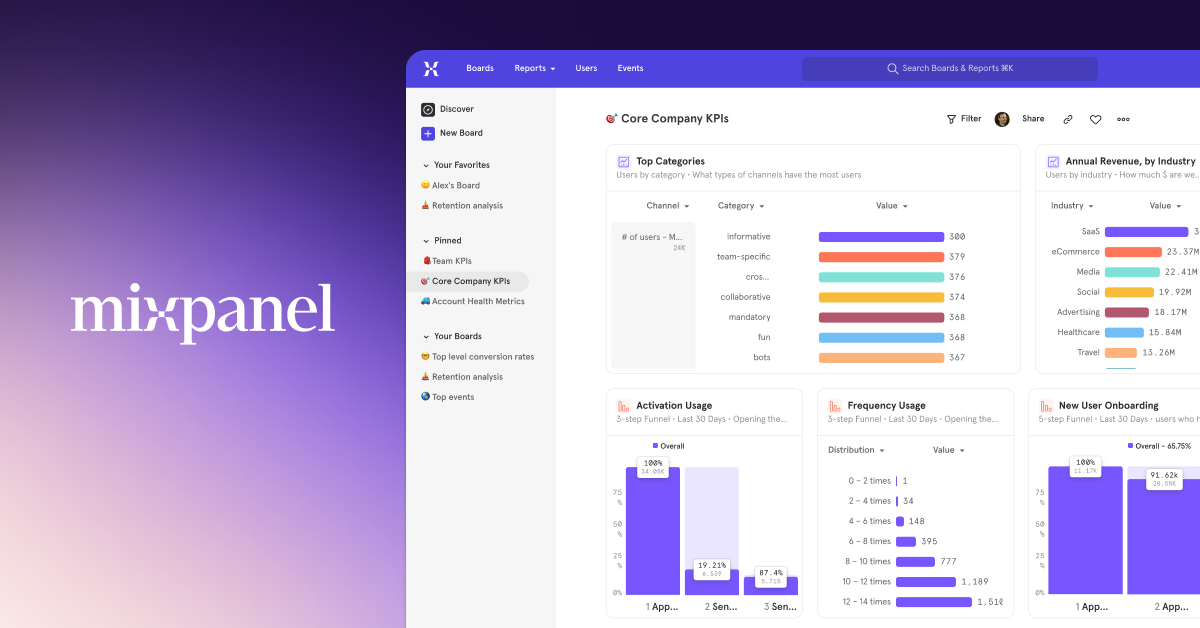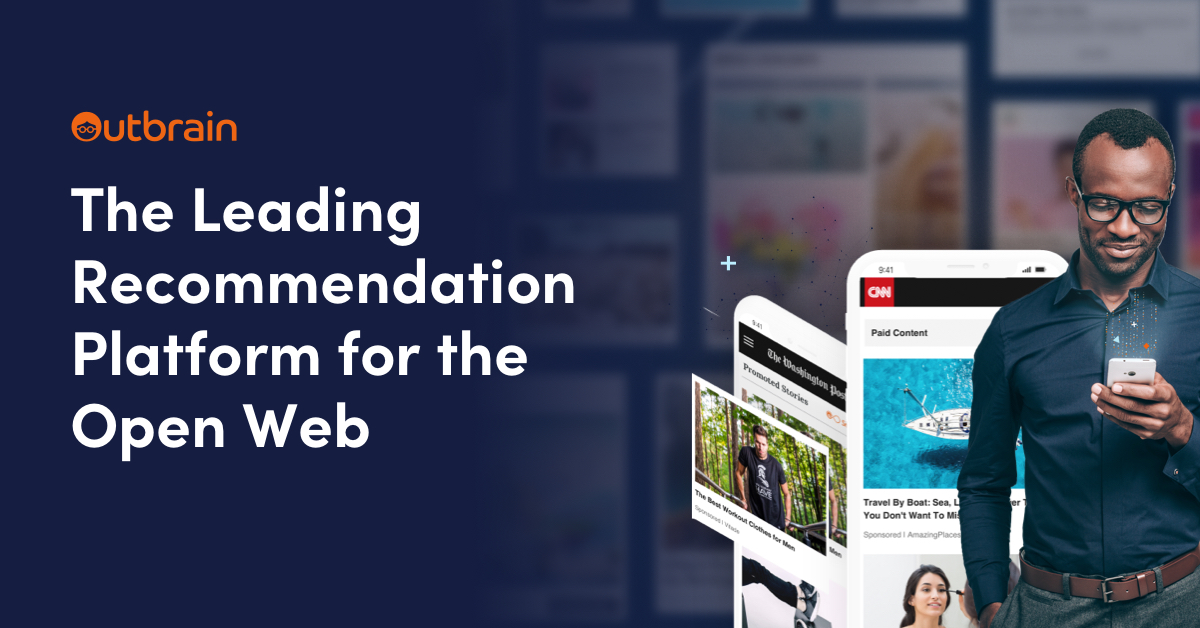Introduction
Marketing analytics has become a critical component of any successful digital strategy. By leveraging data and insights, modern marketers can understand customer behaviors, optimize campaigns, and prove the true impact of their efforts. This evaluation analyzes 15 leading marketing analytics platforms against key criteria to help determine the best options for tracking performance and supporting strategic decision making.
Methods of Evaluation
Each solution was evaluated based on features and functionality, integration capabilities, type and quality of analytics provided, pricing, and other factors. Additional consideration was given to third party analyst rankings, customer reviews, and metrics like number of backlinks, organic traffic levels, and keyword search trends to determine rising and established industry leaders. While no single platform will be a perfect fit for all needs, this breakdown aims to highlight the general strengths of each to help narrow the field.
1. Adobe Analytics
Adobe Analytics, formerly known as Omniture, is a leading web analytics and marketing intelligence solution from Adobe. With over 15 years of experience in the digital analytics space, Adobe Analytics provides powerful insights to help brands better understand customer behavior, optimize websites and drive business growth.
Pros: Some key advantages of Adobe Analytics include:
– Advanced segmentation and data modeling capabilities
– Strong personalization and predictive features
– Wide array of integration capabilities with other Adobe and third party solutions
Cons: One potential disadvantage is the cost as Adobe Analytics is an enterprise-level solution and pricing requires an individual evaluation.
Pricing: Adobe Analytics pricing is not publicly listed and requires a personalized quote. General pricing models include per-user pricing or percentage of annual revenue fees depending on deployment size, infrastructure requirements and number of custom integrations needed.
Some key stats about Adobe Analytics include:
– Processes over 100 trillion hits per month
– Has over 25,000 customers globally including 80% of the Fortune 100
– Has deep integrations with Adobe Experience Cloud solutions like Adobe Target, Adobe Experience Manager and Adobe Audience Manager
2. IBM Marketing Platform
IBM Marketing Platform is an enterprise marketing management platform offered by IBM. It provides AI-powered personalized experiences, 360-degree customer profiles, and analytics across channels to drive marketing performance.
Pros: Some key advantages of IBM Marketing Platform include: 1) It offers an enterprise marketing management platform for robust analytics, data governance and personalized experiences. 2) Its AI capabilities help deliver hyper-personalized experiences at scale. 3) It provides deep customer insights and a 360-degree view across all customer touchpoints.
Cons: A potential disadvantage is that as an enterprise platform, it may be more expensive and require more resources to implement and maintain compared to other point solutions.
Pricing: IBM Marketing Platform pricing is not publicly disclosed and varies based on requirements, but generally requires an enterprise multi-year contract with implementation and support services priced separately.
Some key stats about IBM Marketing Platform include: It handles more than 1 billion personalized interactions per month. 90% of brands use it to analyze over 10 trillion annual interactions. It processes over 100 petabytes of customer data on average each year.
3. SurveyMonkey
SurveyMonkey is an online survey development cloud-based software founded in 1999. It has grown to become one of the most popular online survey tools, powering over 300 billion responses since its inception. SurveyMonkey allows users to create their own online surveys and questionnaires using an intuitive web interface.
Pros: Some key advantages of using SurveyMonkey include:
– Wide range of survey templates for all needs from customer feedback to employee reviews
– Robust analytics on survey responses with visual charts and graphs
– Integration with CRM systems to segment responses and automate workflows
– Intuitive drag-and-drop builder for non-technical users
Cons: A potential disadvantage is that the free plan only allows for 10 questions per survey which may not suffice for more complex questionnaires.
Pricing: SurveyMonkey offers 3 paid plans – Basic ($17/month), Advantage ($34/month), and Enterprise (custom pricing). The plans unlock additional features like advanced targeting, priority support, data exports etc on top of the free plan limitations.
Some key stats about SurveyMonkey include:
– Over 30 billion responses collected to date from its users worldwide
– Average response rate of 20% for customer satisfaction surveys
– Integrations available with over 100+ apps like Salesforce, MS Dynamics, and Hubspot
– Surveys can be shared via 15+ social networks including Facebook, Twitter, LinkedIn
4. Zendesk Sell
Zendesk Sell is a customer relationship management (CRM) solution developed by Zendesk. Zendesk Sell aims to help businesses manage their sales pipeline, track opportunities, and close more deals. Some key features include CRM functionality integrated with Zendesk’s ticketing and customer support platform, powerful sales pipeline management and forecasting capabilities, and robust analytics and customization options.
Pros: Some key advantages of Zendesk Sell include:
– CRM integrated with ticketing and support for a seamless customer experience
– Powerful pipeline and forecasting capabilities to track sales progress
– Robust analytics and customization options to gather insights and tailor the product
Cons: A potential disadvantage is that advanced capabilities may require additional paid upgrades and add-ons beyond the standard pricing plans
Pricing: Zendesk Sell offers various tiered pricing plans starting from a Basic plan for $49/user/month up to an Enterprise plan customized for larger businesses. Additional features like advanced forecasting capabilities require additional subscription costs.
Some key stats about Zendesk Sell include:
– Used by over 200,000 companies worldwide across various industries
– Supports over 45 languages
– Integrates tightly with Zendesk’s ticketing and customer support products
– Has customizable workflows and processes for sales teams
5. Pardot
Pardot is a business-to-business (B2B) marketing automation platform owned by Salesforce. Pardot helps organizations simplify and streamline their marketing tasks to generate more qualified leads and increase revenue. With capabilities like lead scoring, dynamic content, email marketing, and campaign management, Pardot provides a complete solution to power multi-channel B2B marketing.
Pros: Some key advantages of using Pardot include:
– Salesforce-based marketing automation capabilities
– Robust CRM lead management features within the platform
– Strong campaign and lead lifecycle tracking abilities
– Dynamic content personalization for different lead profiles
Cons: A potential disadvantage of Pardot is that it requires a Salesforce CRM implementation to reach its full potential, which adds to the overall cost and complexity of the marketing stack.
Pricing: Pardot pricing plans start at $1,500/month for the Essentials plan and scale up to $5,000/month for the Premier plan. Additional fees apply for add-ons like Sales Cloud licenses. Custom pricing is available for enterprise-level needs.
Some key stats about Pardot include:
– Used by over 6,000 companies worldwide
– Facilitates over 1 billion emails sent annually
– Averages 48% increase in marketing qualified leads for users
– Integrates seamlessly with the Salesforce CRM platform
6. Moz
Moz is a leading SEO software provider based in Seattle, Washington. Founded in 2009, Moz offers a suite of online marketing tools to help companies improve organic search rankings, track links and backlinks, plan content strategies, and optimize websites for search engines like Google. With over 500,000 users globally, Moz helps digital marketers and agencies get more traffic from search.
Pros: Some key advantages of the Moz suite of tools include:
– Comprehensive SEO toolset with on-page, off-page and technical SEO functionality
– Powerful link and backlink analysis features for auditing link profiles
– Content research and planning tools to optimize articles and campaigns
– Local SEO tools for enhanced local ranking and citations
– Award-winning customer support and education resources
Cons: One potential disadvantage is the pricing, as Moz plans can be more expensive compared to other SEO tools. However, it offers a comprehensive set of features for advanced SEO professionals.
Pricing: Moz offers a variety of pricing plans to suit different needs and budgets. Basic plans start at $99/month while premium enterprise plans can cost over $1,000/month. All plans come with a free 14-day trial.
Some key stats about Moz include:
– Over 500,000 users worldwide across 150+ countries
– 12+ years in business providing SEO and link building tools
– Tools used by 9 of the top 10 global SEO agencies
– Integrates with over 200 other marketing tools like Google Analytics, LinkedIn and Facebook
7. Semrush
Semrush is a leading web analytics and marketing platform for online visibility, founded in 2008. With 55+ tools for SEO, PPC, content, social media and competitive analysis, Semrush helps both digital agencies and businesses optimize their online marketing efforts.
Pros: Key advantages of using Semrush include: – Gaining insights across organic search, paid ads and content marketing in one platform – Competitive research and opportunity discovery tools to find new keywords and domains to target – SEO and PPC analytics help optimize campaigns, budgets and improve ROI
Cons: One potential disadvantage is that Semrush offers a lot of tools and features which can be difficult for some smaller businesses or agencies to fully utilize. The learning curve may be steeper compared to simpler analytics tools.
Pricing: Semrush offers various pricing plans depending on features needed. Basic plans start from $99/month but for full functionality the ‘Growth’ or ‘Agency’ plans are recommended, priced at $199 and $299 per user per month respectively.
Some key stats about Semrush include: – Over 3 million users globally across 175 countries – Analyzes over 1 billion keywords and domains each month for competitive insights – Tracks organic, paid and social media metrics for millions of websites
8. Nielsen Digital Ad Ratings
Nielsen Digital Ad Ratings, provided by Nielsen, is a leading platform for measuring digital advertising effectiveness across desktop, mobile and connected TV. As the global leader in audience measurement, Nielsen Digital Ad Ratings provides independent verification of ad delivery and insights into campaign performance to help marketers optimize budgets and maximize ROI.
Pros: Some key advantages of Nielsen Digital Ad Ratings include:
– Independent third-party verification of ad delivery and visibility
– Campaign performance metrics like viewability, completions and engagement
– Cross-platform measurement of desktop, mobile and CTV ads
– Insights to optimize budgets, placements and creative testing
Cons: One potential disadvantage is that Nielsen Digital Ad Ratings is a paid solution, so it does require a subscription to access the full platform and analytics.
Pricing: Pricing for Nielsen Digital Ad Ratings is not publicly listed and depends on the level of measurement and analytics required. Users can request a customized quote from Nielsen based on their needs and budget.
Some key stats about Nielsen Digital Ad Ratings include:
– Measures over 500 billion digital ad impressions per month across desktop, mobile and CTV platforms
– Provides data and analytics for over 90% of U.S. national video campaigns
– Helps optimize over $150 billion in annual digital media spend
9. Matomo
Matomo is an open source web analytics application used to track website traffic and monitor campaigns and goals. Formerly known as Piwik, Matomo provides insights about visitors and their behavior to help improve marketing campaigns and better understand user experience. It offers a feature set similar to Google Analytics while allowing business owners and marketers to control and host their own data.
Pros: Key advantages of Matomo include:
– Open source and self-hosted – Own and control your data versus relinquishing to third parties
– Privacy focused – GDPR, CCPA, and other regulations compliant
– Feature parity with SAAS options – Seamless switch from Google Analytics with comparable functionality
Cons: The main disadvantage is that Matomo requires infrastructure hosting and maintenance unlike SAAS options. This means needing technical skills and server resources to install, configure, update, and secure the Matomo software.
Pricing: Matomo is free and open source. For businesses needing support, Matomo offers commercial subscription plans starting at $24/month for the Basic plan.
Some key facts about Matomo:
– Used by over 1 million websites worldwide
– Processes billions of visitor logs each month
– Active open source community with over 200 contributors
– 13+ year track record of stability and innovation
10. Hotjar
Hotjar is a leading marketing analytics software that provides heatmaps, clickmaps, recordings, surveys and more to help companies improve their digital experiences and conversions. Founded in 2013 and based in Malta, Hotjar helps over 2 million businesses better understand user behavior on their websites and optimize their online customer experience.
Pros: Some key advantages of Hotjar include:
– Heatmaps, recordings and surveys provide rich insights into actual user behaviors on a site
– Easy to setup and use – tracks user behavior without any code to install
– Real-time dashboard allows quick identification of issues or opportunities for improvement
– Provides both qualitative and quantitative data through different features like heatmaps, recordings, surveys etc.
– Affordable pricing plans for businesses of all sizes
Cons: A potential disadvantage of Hotjar could be the additional steps required to maintain privacy – as it does collect personal information like email addresses through surveys. Businesses need to ensure they have proper privacy policies and consent for using customer data.
Pricing: Hotjar offers 3 pricing tiers – Startup at $49/month, Business at $99/month and Enterprise starting at $499/month. All plans offer 14 day free trials. Pricing is based on the number of monthly active users on the tracked sites.
Some key stats about Hotjar include:
– Used by over 2 million businesses worldwide including IBM, Disney, Adidas, etc.
– Tracks over 1 trillion user events per month across sites
– Average 35% increase in conversions reported by customers
– Supported languages include English, Spanish, French, German, Italian, Portuguese and Russian
11. SimilarWeb
SimilarWeb is a leading digital market intelligence platform. Founded in 2007, SimilarWeb provides insights into over 500 million online properties across different industries. The platform helps brands, agencies and investors analyze industry trends, optimize digital strategies and benchmark against competitors.
Pros: Some key advantages of SimilarWeb include:
– Web analytics and competitive benchmarking to analyze competitor strategy and performance
– Estimates industry-wide web traffic to understand market share and opportunities
– Insights help optimize digital strategies based on industry trends and benchmarks
Cons: A potential disadvantage is that SimilarWeb estimates some traffic metrics based on sampling rather than direct integrations, so some data may not be exactly accurate for very large sites.
Pricing: Pricing starts at $99/month for the Standard package with access to basic analytics and 50 tracked domains. The Professional package is $249/month for advanced features and 500 domains. Enterprise pricing is available for large teams and companies.
Some key stats about SimilarWeb include:
– Tracks web traffic for over 500 million domains globally
– Provides data on 25 billion sessions across devices per month
– Helps users track over 50 digital marketing metrics like traffic sources, visitor demographics, page views etc.
12. Mixpanel
Mixpanel is a powerful product analytics platform that helps companies analyze user behavior and engagement across mobile apps, websites, and other digital products. Founded in 2009 and headquartered in San Francisco, Mixpanel has grown to serve over 26,000 customers worldwide including Starbucks, Twitter, Anthropic and Udacity. It provides insights on key metrics like retention, activation, funnel analysis and more to help companies understand user journeys, identify areas for improvement and optimize experiences.
Pros: Some key advantages of Mixpanel include:
– User-friendly analytics and engagement platform that’s easy for teams of all skill levels to use
– Provides insights that help teams build better digital products through A/B testing, cohorts, funnel analysis and more
– Flexible configuration capabilities to track any custom events, properties or conversions that matter
Cons: One potential disadvantage is that Mixpanel’s most powerful features are only available in paid pricing plans, so some basic analytics functionality may be limited for free accounts.
Pricing: Mixpanel offers three pricing tiers – Free, Pro (starting at $499/month) and Enterprise (custom pricing). The free plan provides basic usage tracking and some pre-configured funnels/reports. The pro and enterprise tiers unlock more advanced cohort/funnel analyses, data export capabilities, dedicated support and other features.
Some key stats about Mixpanel include:
– Tracks over 500 billion events each month from over 26,000 customers
– Supports over 1,000 integrations including major web and mobile platforms
– 10+ billion properties tracked across customer properties
– Helps companies improve retention by over 25% on average
13. Outbrain
Outbrain is a content discovery platform that provides personalized recommendations to over 1 billion monthly active users. Founded in 2006, Outbrain’s technology powers the recommendation widgets and feeds on many top media publishers across the world. Their goal is to connect people with content they want to read by using behavioral data and signals to serve up personalized recommendations.
Pros: Some key advantages of Outbrain include:
– Native advertising and content discovery capabilities allow them to integrate recommendations seamlessly into publishers’ sites
– Ability to personalize feed recommendations for each individual user based on their interests and behaviors
– Robust metrics and data insights available on impressions, clicks and performance of content promotions
Cons: One potential disadvantage is that Outbrain relies on third-party publishers and advertisers, so performance depends on the quality of content being promoted through their platform.
Pricing: Outbrain offers a variety of pricing models depending on needs. Generally campaigns are billed on a cost-per-click (CPC) basis, with some publishers paid on a revenue-share model. Custom packages and pricing are available for larger advertisers and publishers.
Some key stats about Outbrain include:
– Over 1 billion monthly active users reached globally
– Works with thousands of publishers and advertisers worldwide including CNN, The Washington Post, ESPN and eBay
– Delivers over 30 billion recommendations per month
– Focused on native advertising placements to promote discovery in a non-intrusive way
14. Vidyard
Vidyard is a video marketing and analytics platform that enables companies to create, host, share and analyze videos. Founded in 2011 and headquartered in Toronto, Vidyard empowers over 5,000 customers worldwide to transform visual engagement for virtual sales, marketing and customer support.
Pros: Some key advantages of Vidyard include: Embeddable and shareable video players that can be used across websites and different digital platforms, Comprehensive video analytics and reporting on metrics like watch time, shares and engagement, AI capabilities for extracting insights from transcripts and closed captions.
Cons: A potential disadvantage is that the platform is mainly focused on usage by business users rather than consumers. So it may not have all the features consumers expect from popular video platforms.
Pricing: Vidyard offers a free trial and has various pricing plans starting from $99 per month for individual users up to enterprise plans custom-priced based on team size and feature needs.
Some key stats about Vidyard include: Hosts over 3 billion video views annually, Integrates with platforms like LinkedIn, Facebook and Slack, Provides insights into engagement metrics like watch time and shares on videos.
15. AppsFlyer
AppsFlyer is a leading mobile attribution and marketing analytics platform. Founded in 2011, AppsFlyer helps brands and developers worldwide maximize the business value of their mobile marketing investments and better understand user acquisition, engagement and lifetime value.
Pros: Some key advantages of AppsFlyer include:
– Mobile attribution and marketing analytics across channels and devices
– Cross-platform campaign measurement to understand ROI
– Advanced cohort and RFM analysis to improve targeting and segmentation
Cons: One potential disadvantage is that the platform has a relatively high learning curve. It offers many advanced analytics features so there is a time investment required to understand how to leverage its full capabilities effectively.
Pricing: AppsFlyer offers several pricing plans depending on needs and usage levels. Basic plans start at $199/month for smaller usage levels, while enterprise plans with additional features and support start at $999/month.
Some key stats about AppsFlyer include:
– Over 2,500 customers worldwide including Hulu, Twitter, Tinder, Warner Bros
– Processes over 15 billion installs per month
– Supports over 1 million apps
– Offers solutions for both Google and Apple ecosystems
Conclusion
With so many powerful options on the market, selecting the right marketing analytics partner can seem daunting. However, by considering key attributes like your specific business goals, team structure, budget, and technical requirements, the list can be narrowed down significantly. Whichever solution provides the most useful insights and support to enhance your marketing ROI should ultimately take priority. Analyzing these 15 platforms is a good starting point, but extensive free trials and consultations with reps are highly recommended before making a long-term commitment.








